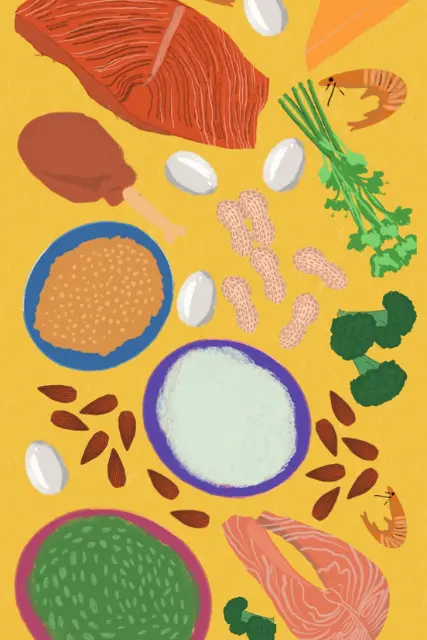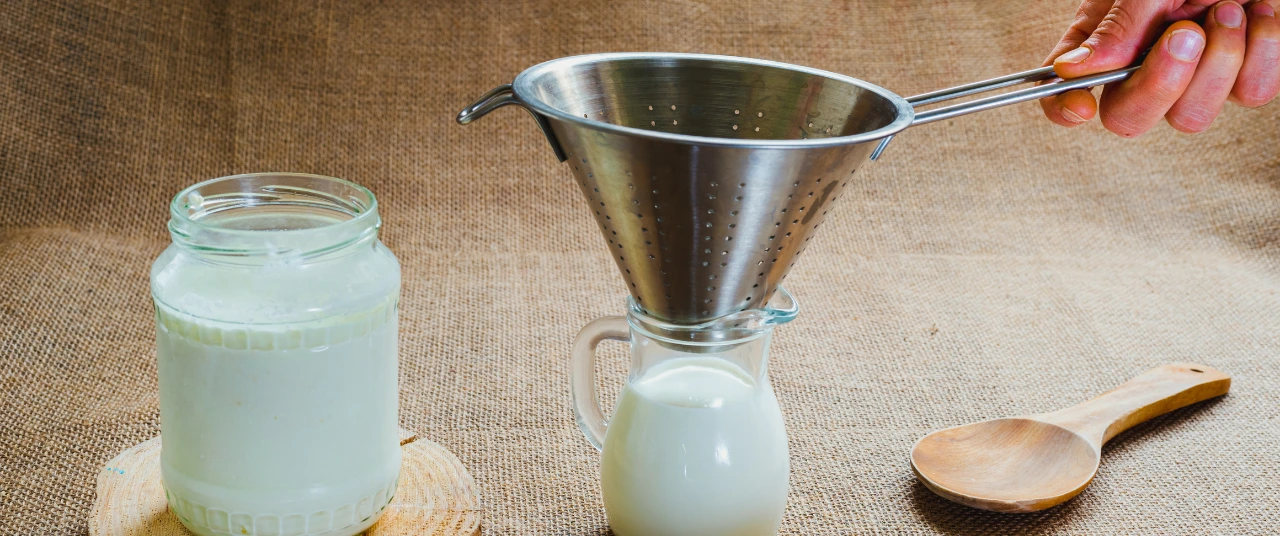Spreading out your protein intake and timing it after workouts has the maximum benefit






Editor's Note: From grocery lists, to fitness priorities, and even healthy snacking, protein is everywhere—but do we truly understand it? In this series, the Good Food Movement breaks down the science behind this vital macronutrient and its value to the human body.
We often mistake the question ‘Are you getting enough protein?’ to be inquiring about the amount of protein-rich food we are eating. But this seemingly simple nutritional goal is also about ensuring that the protein gets used up by the body effectively. The World Health Organization has declared 0.8 g per kg of body weight as the minimum Recommended Daily Allowance (RDA). But the way this requirement is framed could be misleading—because adhering to this figure blindly does not guarantee that you can avoid deficiency.
Research suggests that having 0.4g per kg of body weight per meal across breakfast, lunch, and dinner actually increases the rate of muscle synthesis by 25% compared to when protein intake is skewed.
To begin with, we could look at a single plate of food. When you have more than a certain amount of protein in one meal, your body cannot digest it. If it were carbohydrates or fats that were in excess on the plate, the body would simply store them (as fat). But the body does not have a mechanism to store excess protein. Instead, any excess gets broken down first to ammonia, and then urea, before being discarded entirely.
Additionally, according to studies, we have a tendency to concentrate our daily protein intake around either lunch or dinner, leaving the other two meals of the day deficient. This means that the simplest and most crucial change you can make to your protein intake is to spread it out. Research suggests that having 0.4g per kg of body weight per meal across breakfast, lunch, and dinner actually increases the rate of muscle synthesis by 25% compared to when protein intake is skewed.
Also read: Is there an ‘ideal’ amount of protein that must be consumed?
Distributed through the day
This is believed to happen because of the specifics of a certain function of the body called Muscle Protein Synthesis or MPS. This is the process used by our muscle tissues to convert amino acid chains into muscle. MPS is relevant even if you are not an active gym-goer since our bodies have a daily muscle protein turnover. Every day, you lose some muscle mass, and you need protein to make new muscle mass to ensure that you maintain consistent muscle mass.
To stay on the lower end of the muscle loss scale, spreading out your protein intake should be your focus.
When we ingest high-quality protein, MPS begins, and slowly but surely, new muscle starts growing. But, MPS has a ceiling. The synthesis is in action only up to a certain amount of protein, and then it stops. This doesn’t mean the rest of the protein remains unabsorbed—it is certainly converted into amino acids and used by the body, just not for muscle building. Distributing protein intake throughout the day can, then, enable more opportunities for muscle building without hitting a ceiling.
This balance gets all the more crucial as you age. Sarcopenia is a fancy-sounding word for the gradual, progressive loss of muscle mass and strength that is linked with old age. Someone in their 30s may think old age is still some distance away, but alas, biologically, it has already sneaked in. You lose about 3-8% of your muscle mass every decade after hitting 30. This muscle loss makes you frailer, and can even increase the risk of fractures. To stay on the lower end of the muscle loss scale, spreading out your protein intake should be your focus.
Also read: Protein’s seen and unseen benefits: How it affects metabolism, muscle repair
The connection between timing protein and exercise
Based on your health and lifestyle, other factors can help you adjust when to have protein, as well. For example, if you are looking to lose weight, then it might help to incorporate high-protein snacks like Greek yogurt instead of, say, biscuits, since they will keep you full for longer; this also ensures some of your protein intake happens outside of lunch and dinner. Remember, these high-protein snacks don’t have to be expensive; the quality of protein depends on its composition (does it have all essential amino acids?) and digestibility.
If you are someone who works out regularly, then incorporating protein during or right after your workouts is a good idea—it has been proven to reduce muscle soreness and fasten recovery.
If you are someone who works out regularly, then incorporating protein during or right after your workouts is a good idea—it has been proven to reduce muscle soreness and fasten recovery. If you are someone who rarely works out, you might find that exercise can help your protein goals. Any physical activity helps maintain muscle mass through a simple function. At any given moment, our muscles are being slowly broken down (muscle breakdown or catabolism) and being rebuilt again (muscle synthesis and anabolism), in the body. Muscle mass is maintained when the rate of muscle synthesis is higher than that of muscle breakdown—something that physical activity can ensure. Resistance and intensity training are the best ways to initiate anabolic or muscle building functions in the body. The muscle building benefits last for 24 to 48 hours post workout, and some studies have found that you could get the maximum benefits from consuming protein within two hours of your workout.
Also read: Why your body may not be optimising the protein you eat
References




.avif)

.avif)




